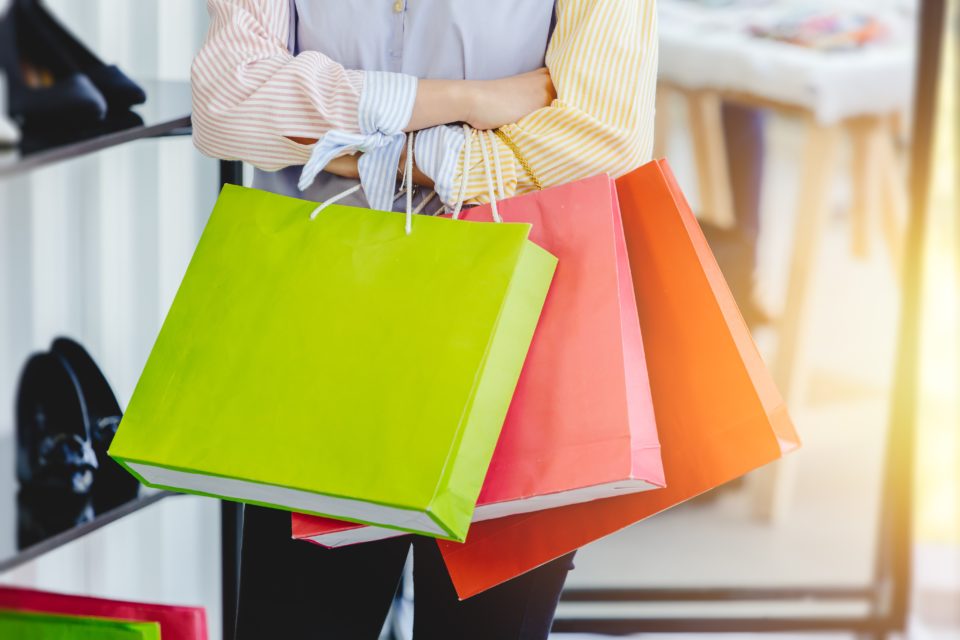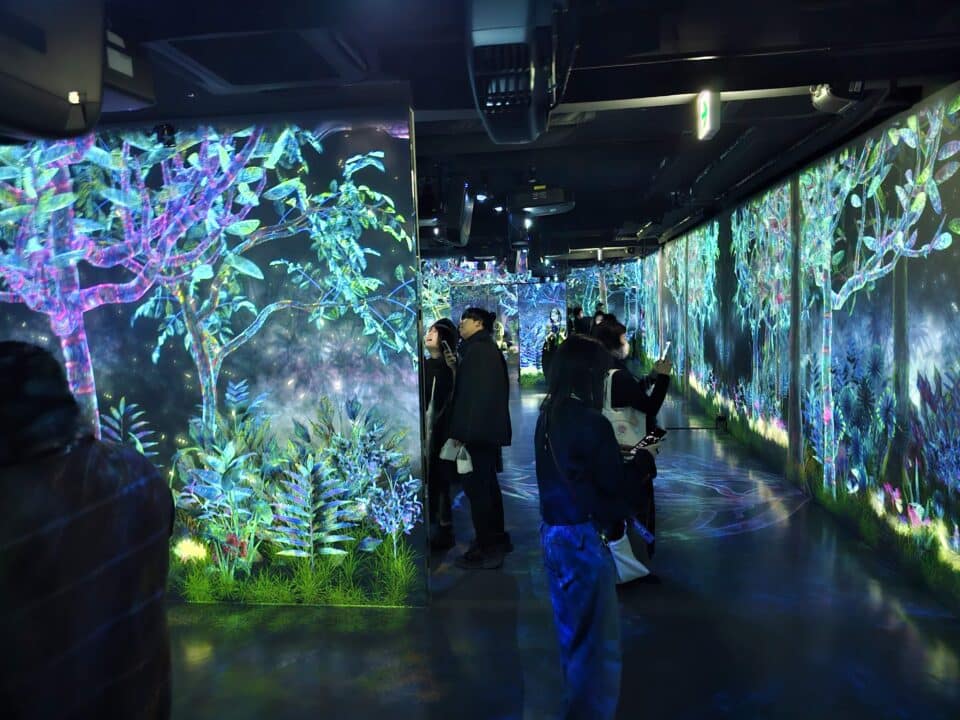The Big Trends from the Retail Technology Show 2024
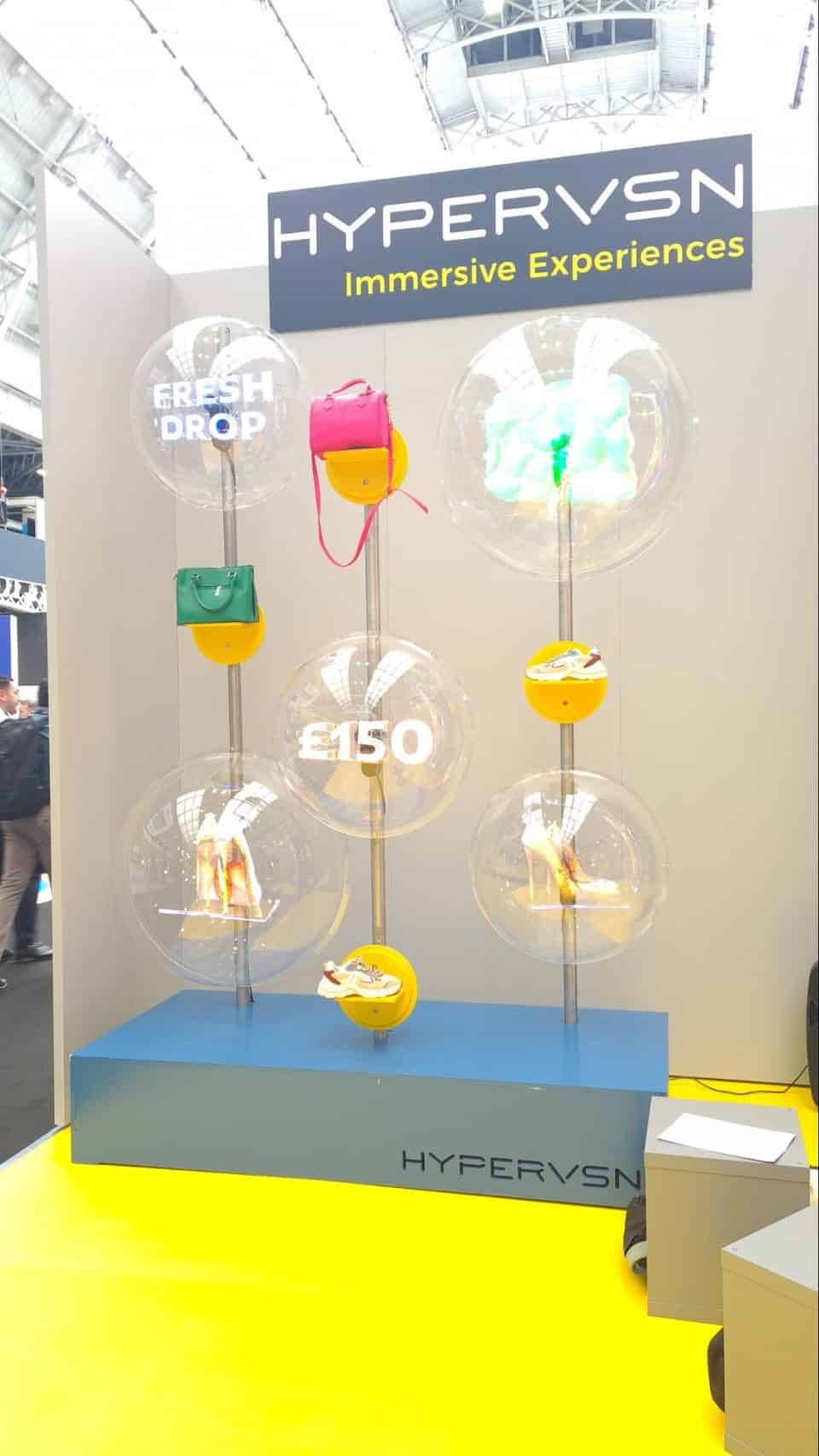
The Retail Technology Show (RTS) is big.
This year, the two huge exhibition halls of the Olympia in London were packed with a record-breaking 12,500+ retail professionals and over 400 exhibitors. And the Insider Trends team was among them.
While it was impossible to see and hear every tech demonstration during our visit, our time at the Retail Technology Show 2024 did reveal these key retail tech trends.
Practical Use Cases for AI
Artificial intelligence has been the big buzzword of the last few years, so obviously it featured heavily at this year’s RTS.
Just as with the NRF Big Show earlier this year, retailers are clearly interested in AI and how to apply it in their business. At the same time, we’ve noticed that there often isn’t a clear explanation from tech companies about how gen AI can be used to solve retail’s problems.
It’s no surprise then that the best applications of AI that we spotted at the RTS were the solutions that had more practical use cases.
For example, Eagle Eye’s personalised offers for loyalty schemes was one of the most compelling AI use cases we saw. By using customer data to create offers that are personalised at an individual level, Eagle Eye can increase spend and drive greater loyalty for retailers.
This includes gamified multi-step ‘challenges’ that reward customers incrementally for repeat purchasing. Consumers are more likely to push their spend on certain products to receive a reward if the offer is based on the things they actually buy and like.
X-Hoppers is transforming the retail headset into a complete communication solution backed by AI. By connecting all staff to one voice channel, they can get responses to queries faster, as well as sharing information about issues in the store.
This includes using AI to provide staff with product information instantly, which reduces customer wait time and helps to breach gaps in employee knowledge. This is particularly helpful when on-boarding new employees or during the holiday season when more short-term staff may be required, and new products are temporarily introduced in-store.
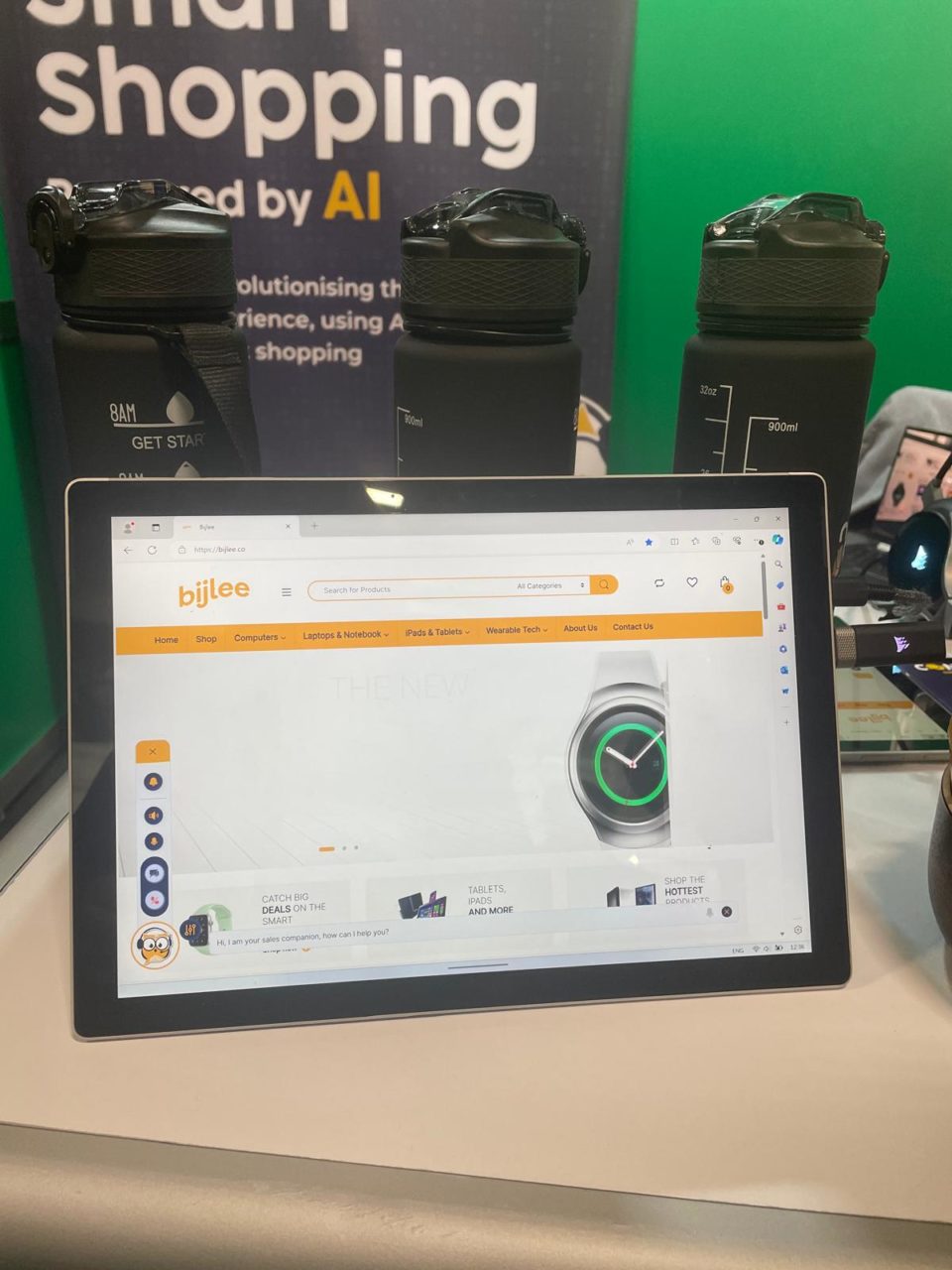
Over in the start-up section, Converso highlighted how its AI-powered chatbot for product recommendations and purchase support allows for voice chat – rather than just typing – and understands multiple different languages. This means customers can ask for guidance in their native language, making it perfect for retail and hospitality applications in locations with lots of international footfall, such as airports, major train stations, and hotels.
We also saw AI being applied to areas like data protection and security, particularly around taking steps to prevent system hacking.
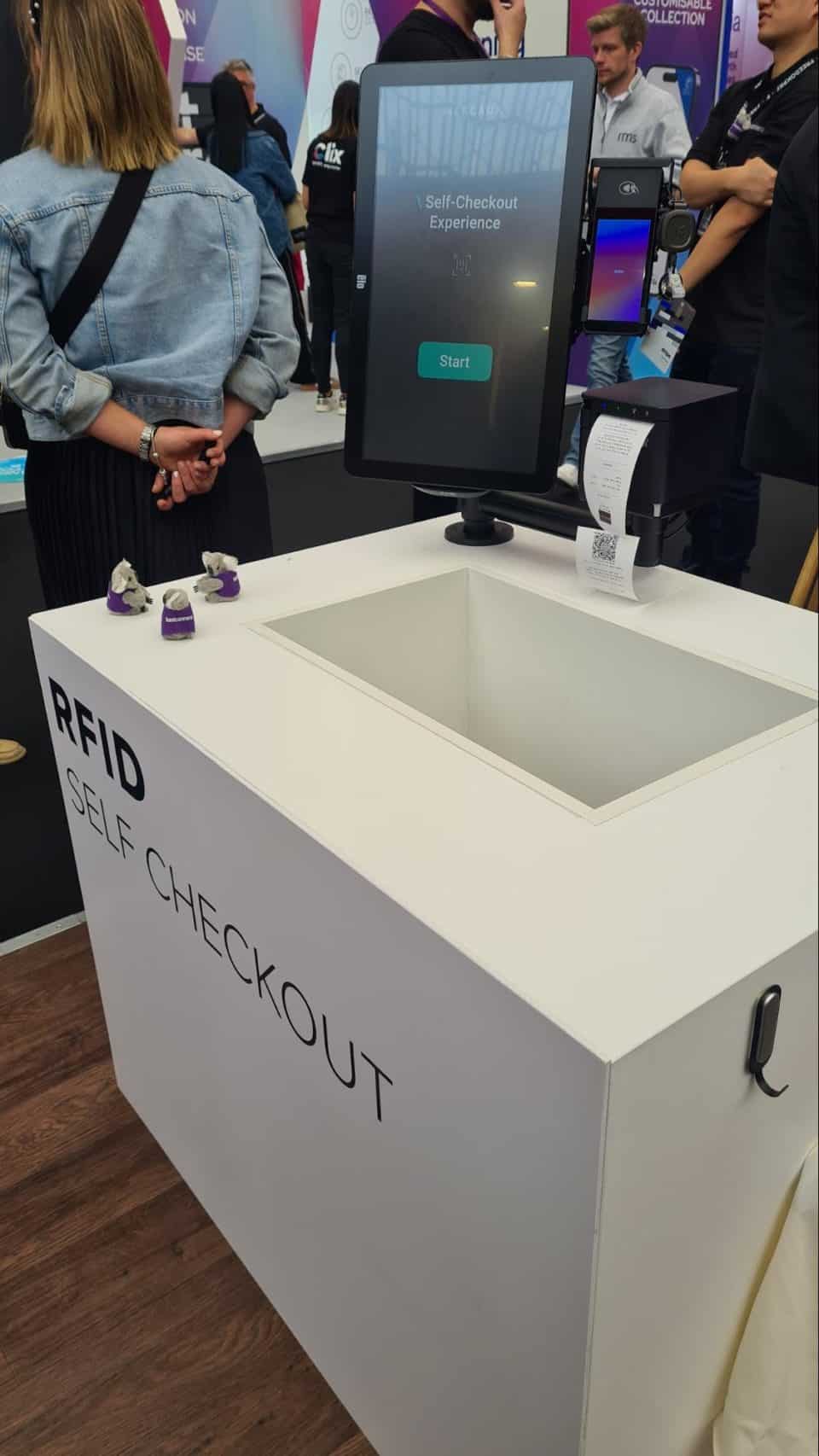
Digitising the Physical Store
There is a lot of potential around the collection of data within the physical retail environment, but implementing this is still harder than it looks.
Companies like Refive are helping to bridge the gap between the data retailers are used to getting from their e-commerce stores and what they can gather from their physical spaces.
Refive uses QR codes to create simple digital touchpoints in the store to gather data from customers. This includes scanning for information on promotions or to get a digital receipt – without the need for the customer to download a specific app or spell out their email address at the checkout.
As well as understanding what customers are doing in the store, Refive can build customer profiles and help personalise ongoing interactions.
NewStore is also helping optimise the in-store experience by letting retailers run their stores from an iPhone, including store fulfilment, clienteling, endless aisle, and mobile checkout services. The tech turns the store associate into a ‘living website’, giving customers the type of optimised experience they’re used to online.
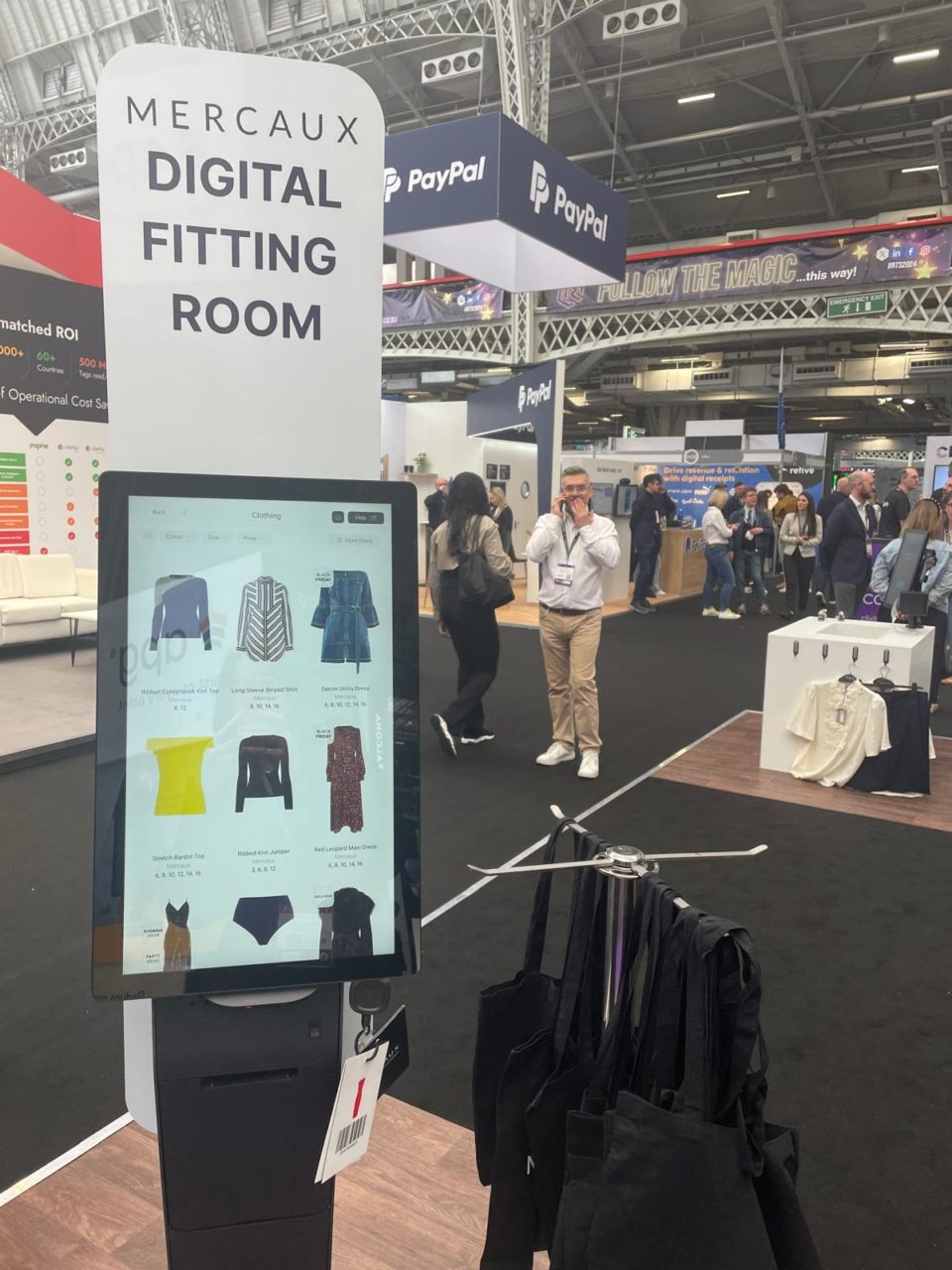
RFID may not be new, but as the technology keeps getting better and more affordable, plenty of companies are putting it to work in their solutions.
We saw several customer-facing RFID applications, such as Mercaux’s self-checkout and digital fitting room technology. What we liked about this is that the use cases were rooted in genuine customer behaviour and improving the experience, rather than more gimmicky or expensive alternatives like AR try-on mirrors.
Meanwhile, companies like Scandit demonstrated how retailers can superpower digital devices to make store operations more efficient. This includes quick scanning of barcodes to manage inventory and stock levels or to help with order picking, as well as using AR to locate products or provide reviews and more information.
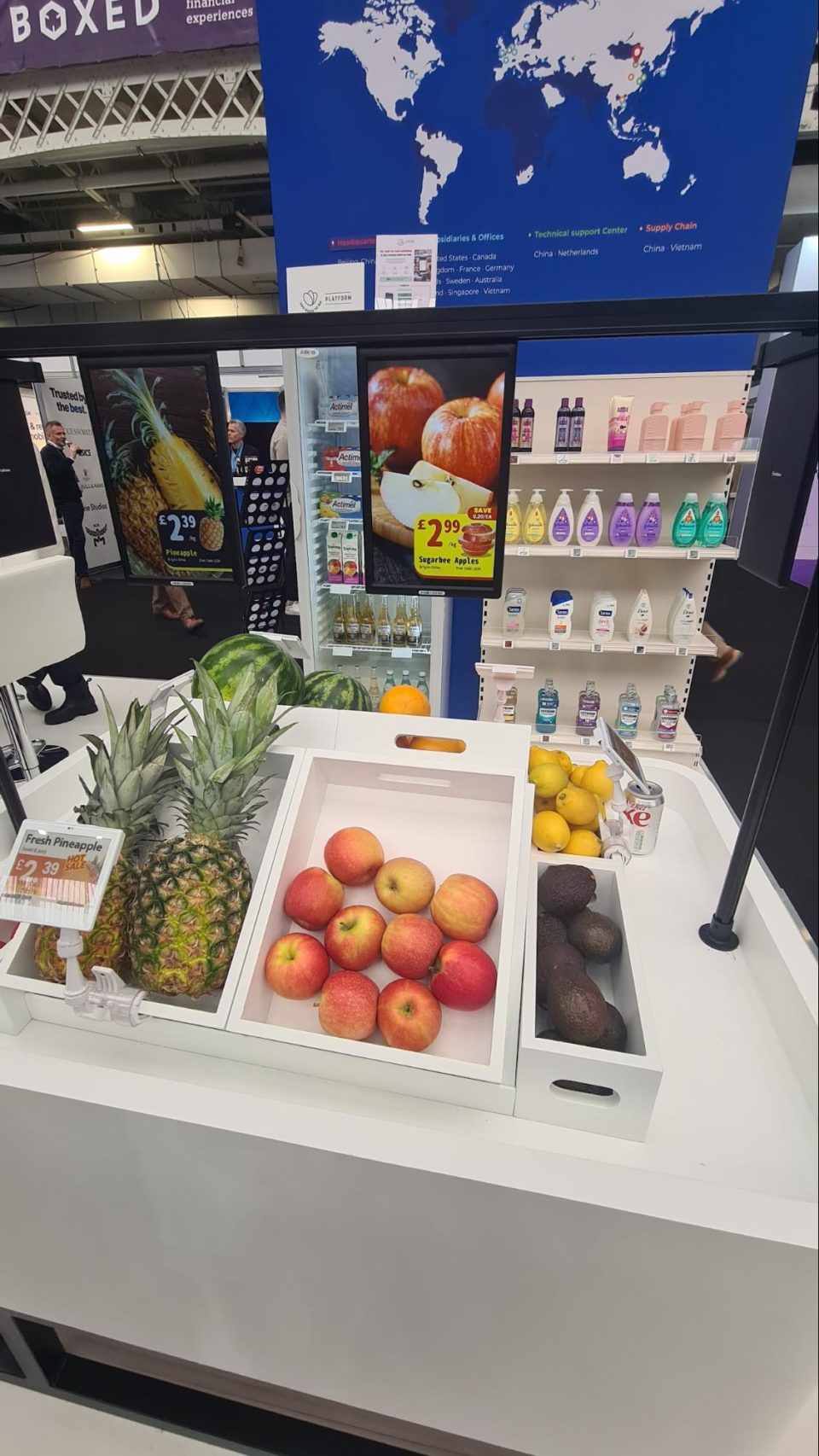
Sustainability was Overlooked
Sustainability wasn’t a big feature at this year’s RTS.
We didn’t spot many companies applying tech to help make businesses more sustainable, possibly because of the environmental impact of the tech itself. And this is a factor of retail tech development that seems to be often overlooked.
Most of the companies that we spoke to struggled when asked about what happens to their solution at the end of its life or during an upgrade, particularly in terms of waste and recycling. It suggests that maybe these questions aren’t coming up enough from clients when making purchasing decisions and perhaps retailers need to pay more attention to this going forward.
There were a few interesting tech applications with sustainable benefits, such as electronic shelf labels from companies like Hanshow. While these do have an environmental footprint that needs to be weighed up, their ability to replace the eye-watering amount of paper tickets that stores go through every week is a positive factor.
Digital labels also make it easier for retailers to adjust pricing in real-time and create flash promotions. This can reduce the amount of waste generated, particularly in retail categories dealing with short shelf lives like grocery.
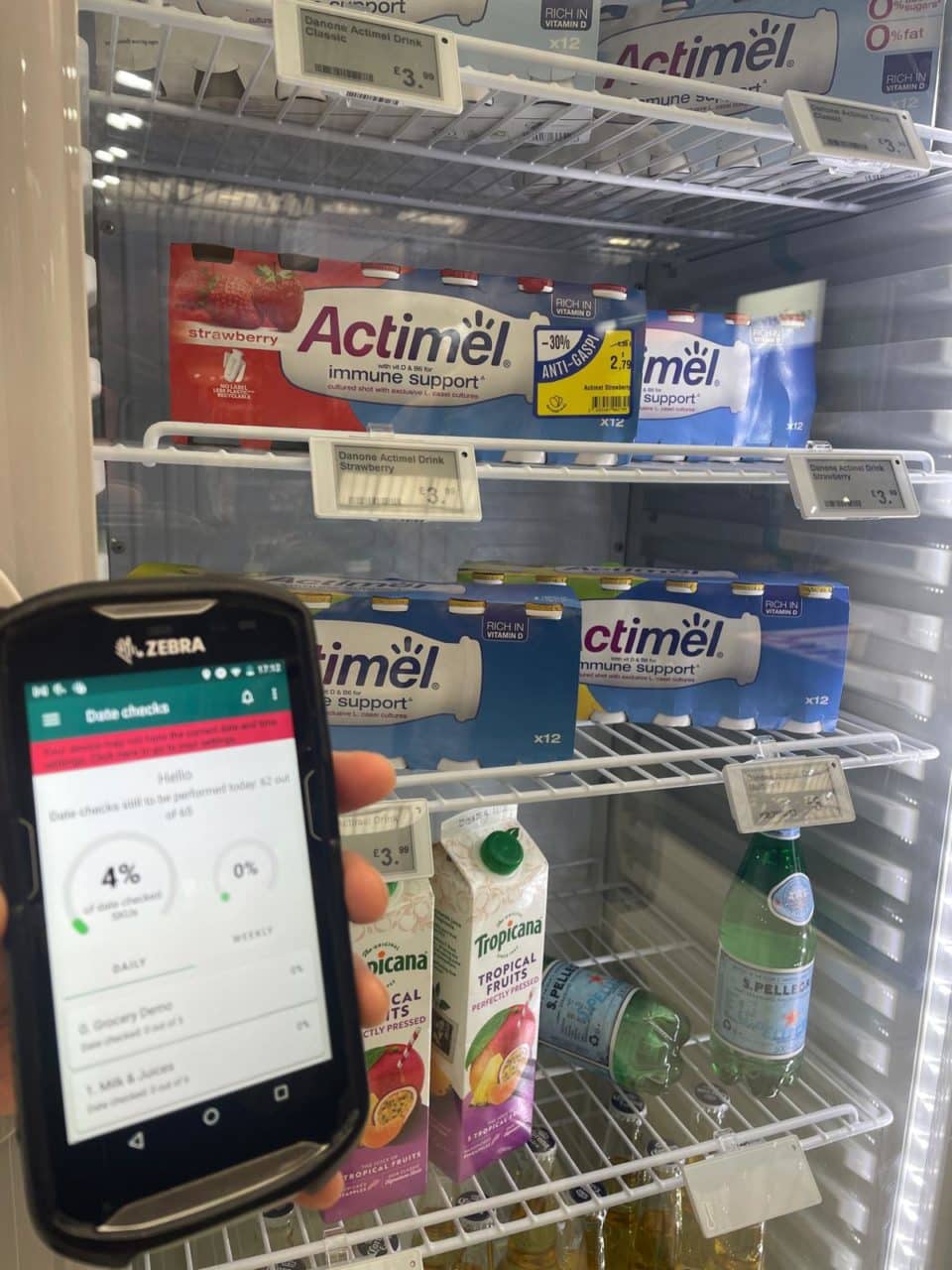
This was a key feature of Too Good to Go’s platform for tackling food waste, which helps to make in-store inventory management more efficient by digitising expiry date verification. With the support of AI data analysis, the platform helps retailers identify what to do with near-expiry products, such as applying an optimised discount rate to sell in-store, creating a Surprise Bag to sell on the Too Good to Go Marketplace, or donating it.
Too Good to Go’s solution pairs particularly well with electronic shelf labels, which can be updated with new prices in a matter of seconds or use lights to help staff identify which products to discount or donate.
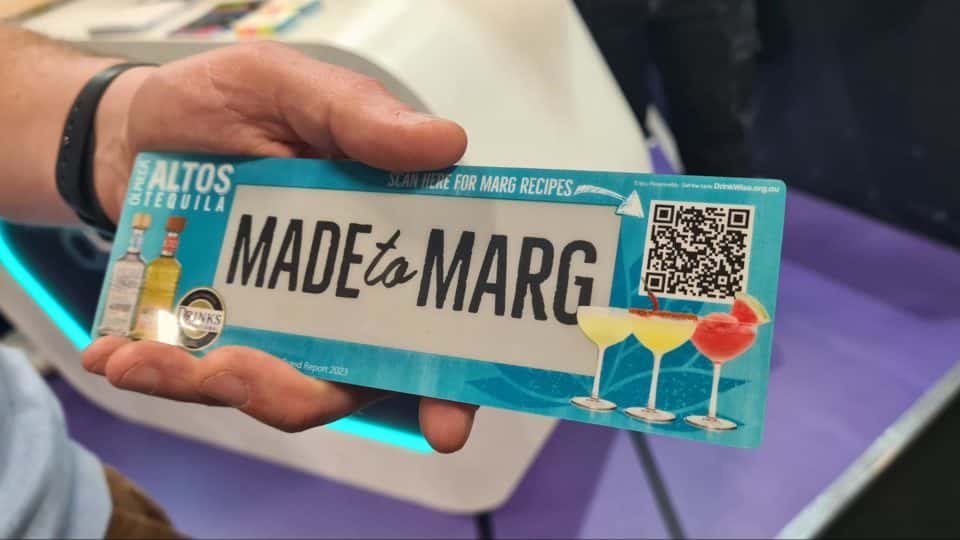
In-store Retail Media Networks
Retail media isn’t a new thing, but like AI it is getting a lot of attention right now. This was clear from the exhibition halls – particularly in-store applications.
What was most interesting to us were the more affordable solutions that could be implemented by most retailers, such as digital shelf edge advertising. One company noted that one of its clients saw a 30-80% bump in sales in the US from simple digital shelf edge displays.
We also really liked how the surrounding for each display could be swapped out, enabling stores to change branding depending on the promotions, and encourage customer interaction through QR codes that connect to extra information, tips, or recipes.
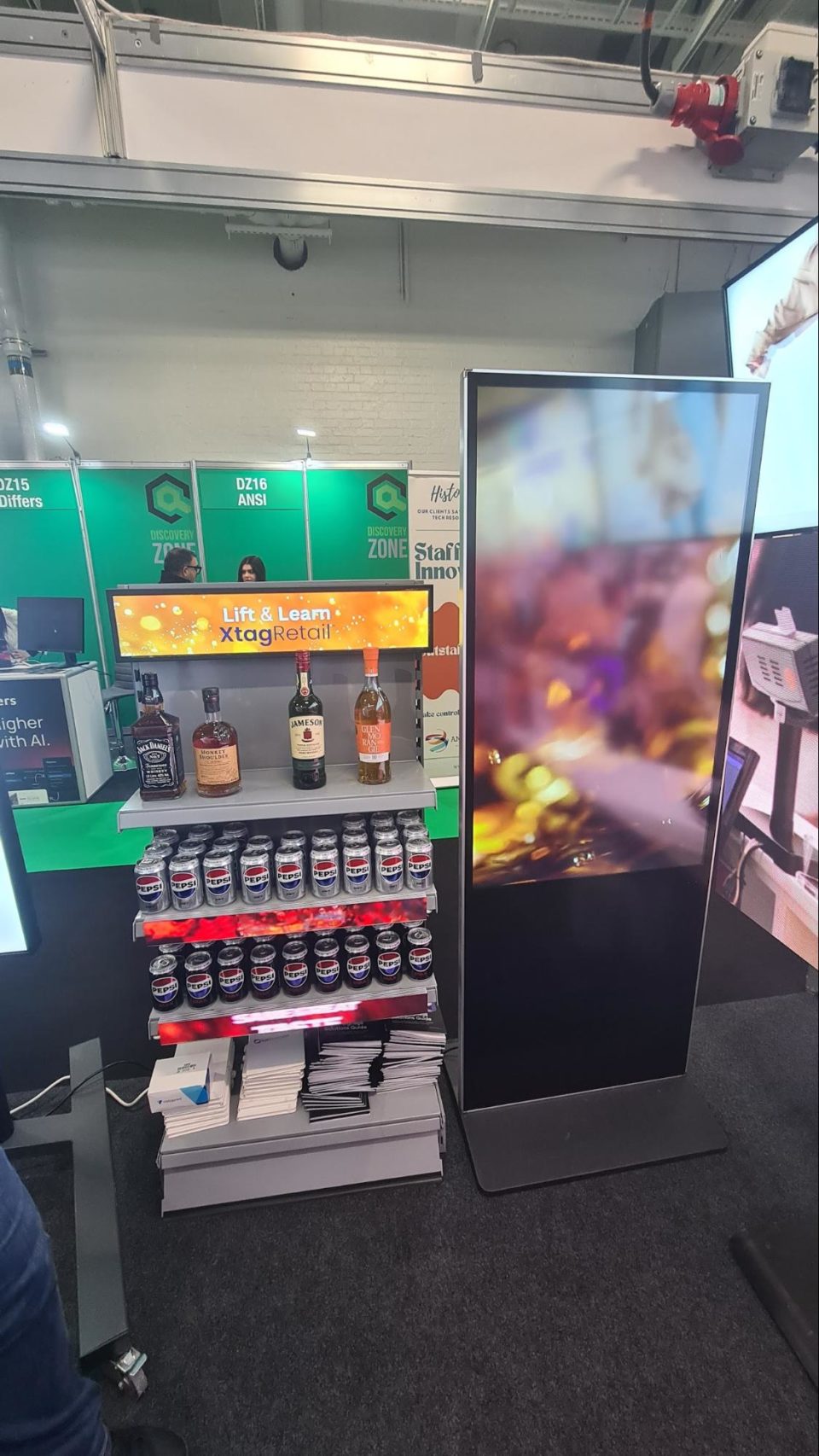
Lift-and-learn specialist Xtag Retail also demonstrated how digital shelf edge displays can be tied to lift-and-learn installations, so that when customers pick up a product the advertising on surrounding screens changes to match. This is a great way to make use of existing investment into in-store screens and displays as well.
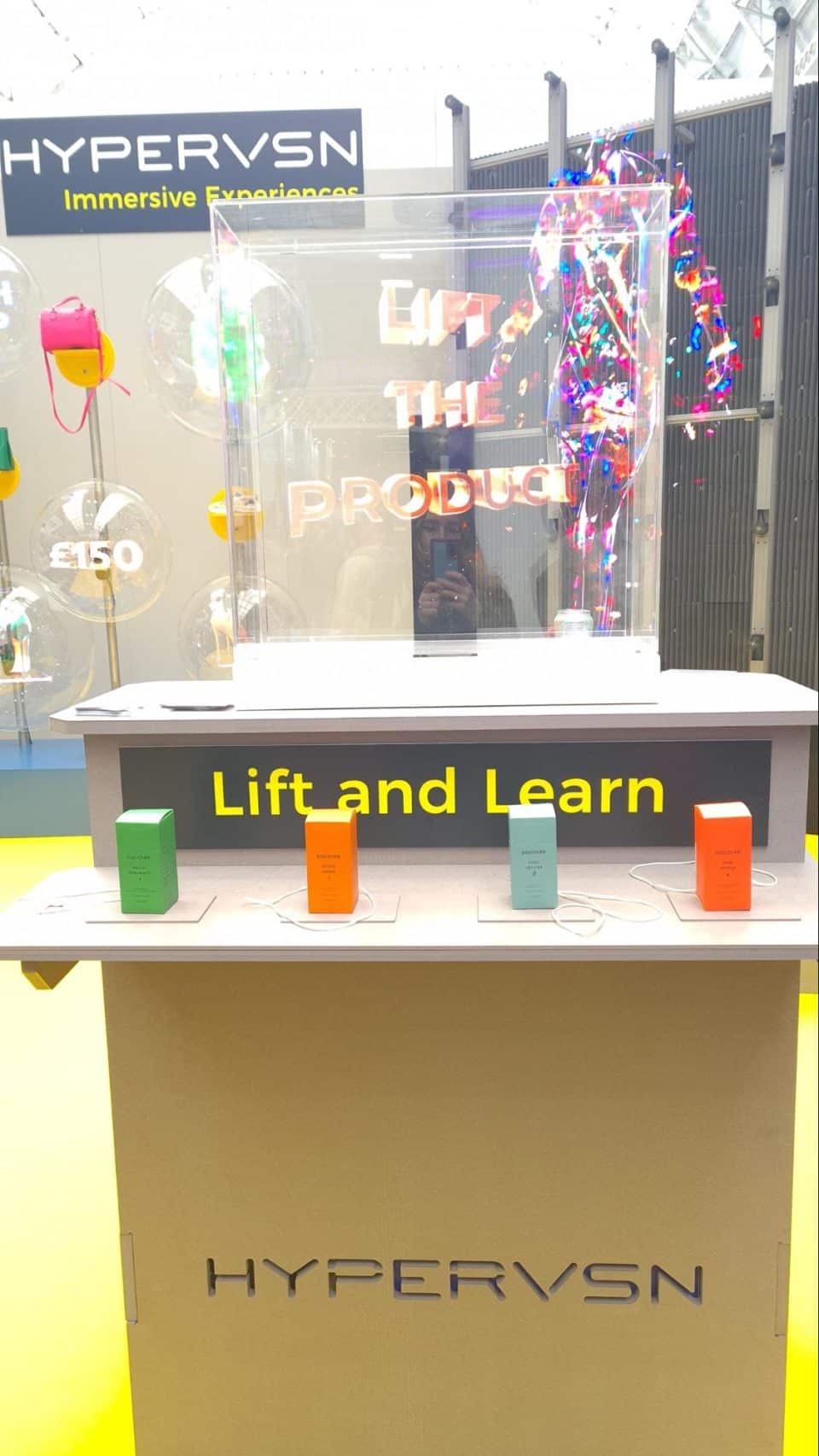
Wow Factor Tech
When it comes to tech, it’s important not to judge a book by its cover. It’s often the unassuming looking solutions that actually offer retailers the biggest returns, rather than the flashiest ones.
But we have to mention HYPERVSN whose stand – without doubt – turned the most heads. Its array of giant 3D holographic displays were hard to ignore and also hard to photograph, despite everyone wanting to do just that (you had to tweak your camera settings btw).
Interestingly, we were told that the impressive displays use 1/10th of the energy of a comparable LED wall screen, which actually makes them a more cost-effective and eco-friendly option.
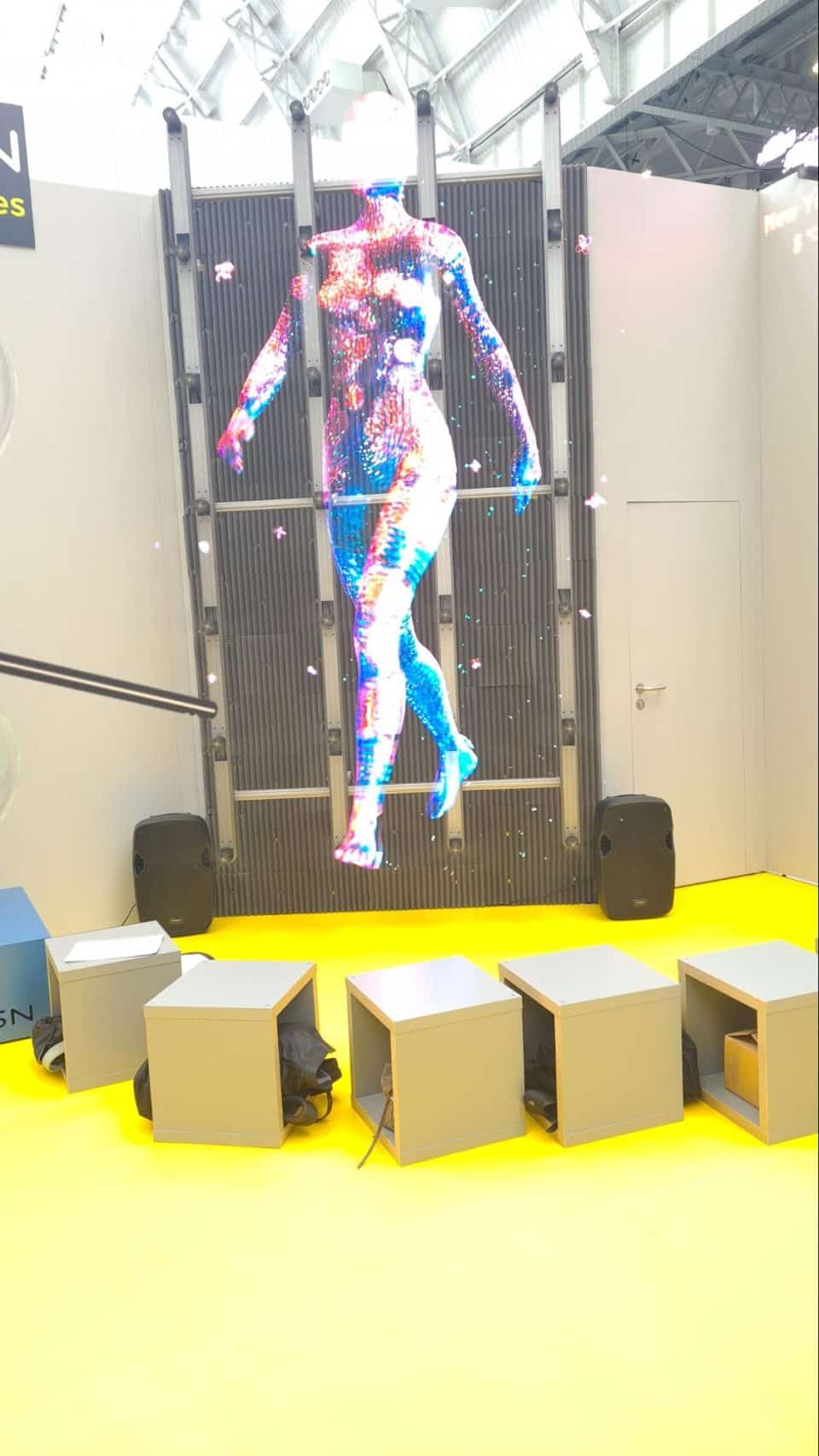
Realistically, we can’t see HYPERVSN’s impressive tech being introduced into every store. But it undoubtedly is more eye-catching than traditional digital screens, which increases dwell time and engagement, making it perfect for in-store activations and even store windows. Integration into a lift-and-learn solution was also an interesting application.
The tech also has applications in ‘under-the-bonnet’ displays where retailers can show customers the components or materials in a product. A 3D model can also feel more tangible to consumers during a customisation process, such as configuring a new car.
Successful Retail Tech Solves Problems
While it’s fun to see the new innovations coming to the market, the Retail Technology Show made clear that – away from the hype – the most successful retail tech companies are those that genuinely solve problems. The ones that are growing and successful are those that save retailers money or improve operational efficiency by being grounded in real world examples.
Inspiration is one thing, but proof of concept goes a lot further in today’s retail tech world.
Want to understand which retail technologies can benefit your business the most? Our retail experts can help you sort the hype from the genuinely helpful. Get in touch now.


